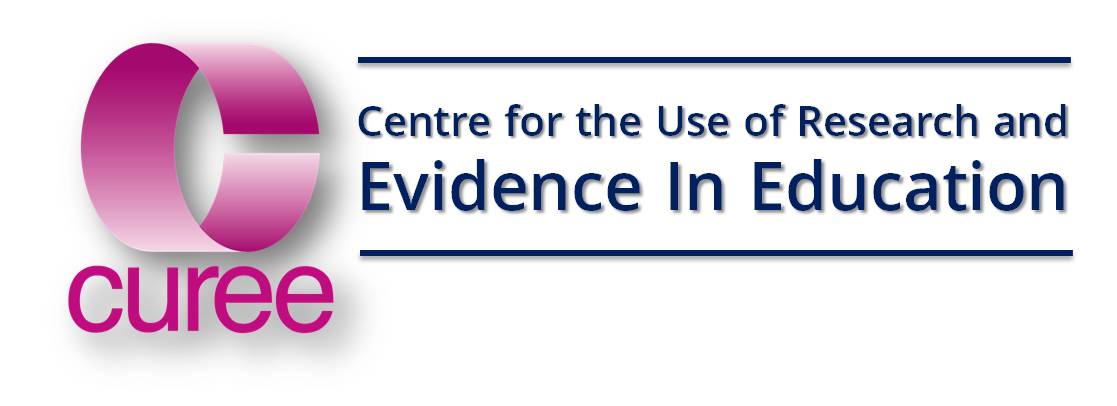Here's how one group of practitioners 'imagineered' how the Closing the Gap: Test and Learn project could help move towards a better future
In two years the gap between achievement for vulnerable students and their peers will have closed by 17%; the school system will be poised rapidly to close the remaining gap. System level changes include:
- many more white and black Caribbean working class boys and Roma children exceeding age-related expectations; and
- teachers routinely consulting the Closing the Gap Evidence database (CTGEd) to find interventions proven to work in meeting particular groups of needs.
In school, Brad (from a white working class background) who had been disruptive in his Y4 class and only performing at a Level 2 is now an enthusiastic participant in learning and is on track to achieve a Level 4 by the end of Y6.
As Brad’s teacher said: “previously we shared strategies we thought would close the gap, but we didn’t have any way of finding the interventions with evidence that they were likely to work. Now we use the CTGEd to focus on high impact interventions and collaborate with other schools to make them work for our students.”
The Head noted:
“We had read about Ben Goldacre’s vision for building evidence into education and his comparisons with the medical profession and you could say that our alliance used to be like a group of medical practices (schools) who shared ideas about drugs and treatments (teaching interventions) that seemed to have worked for their patients (students)... A vulnerable student has a right to tried and tested teaching interventions. Learning success will determine their future so we can’t gamble. The CTGEd means we don’t need to."
